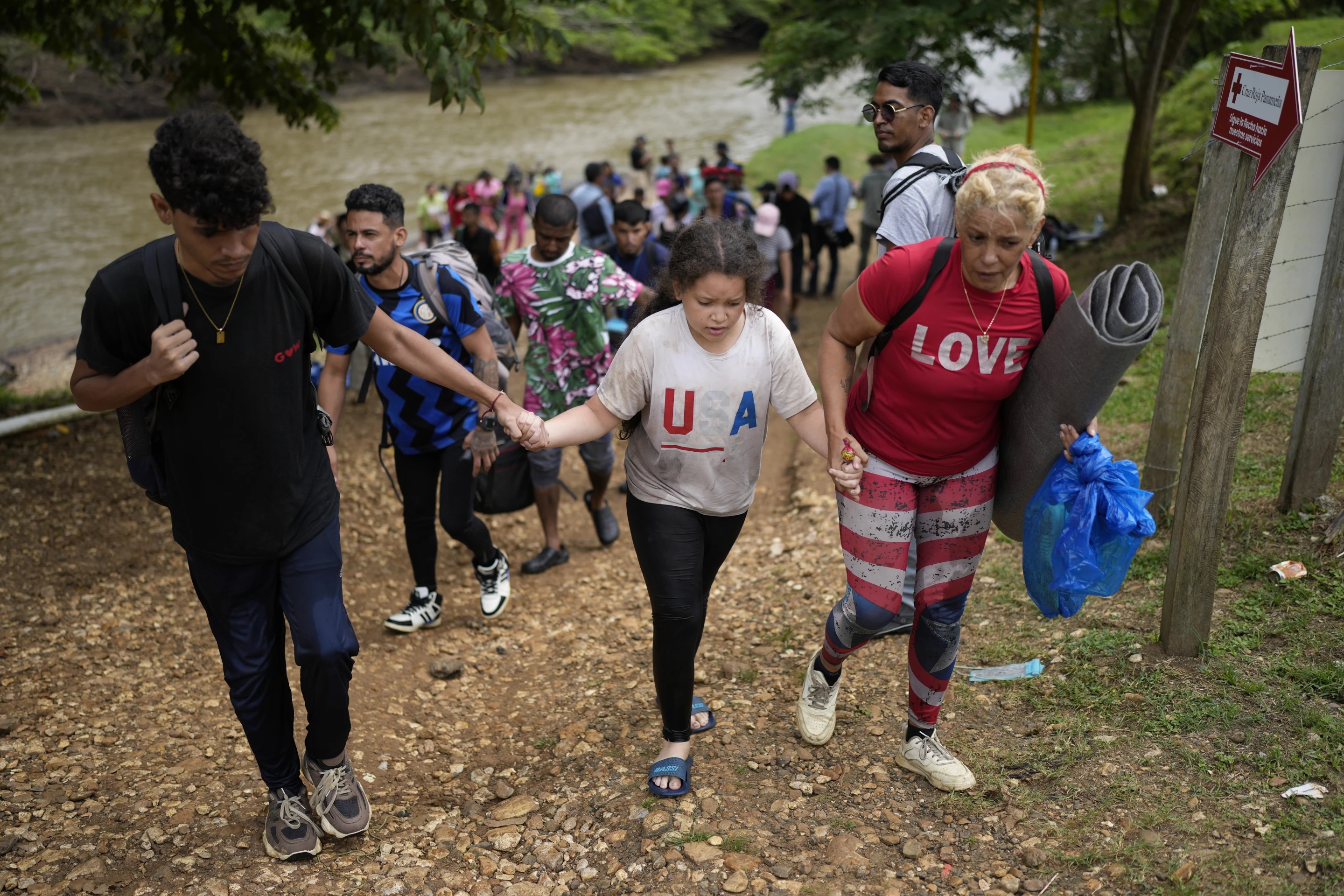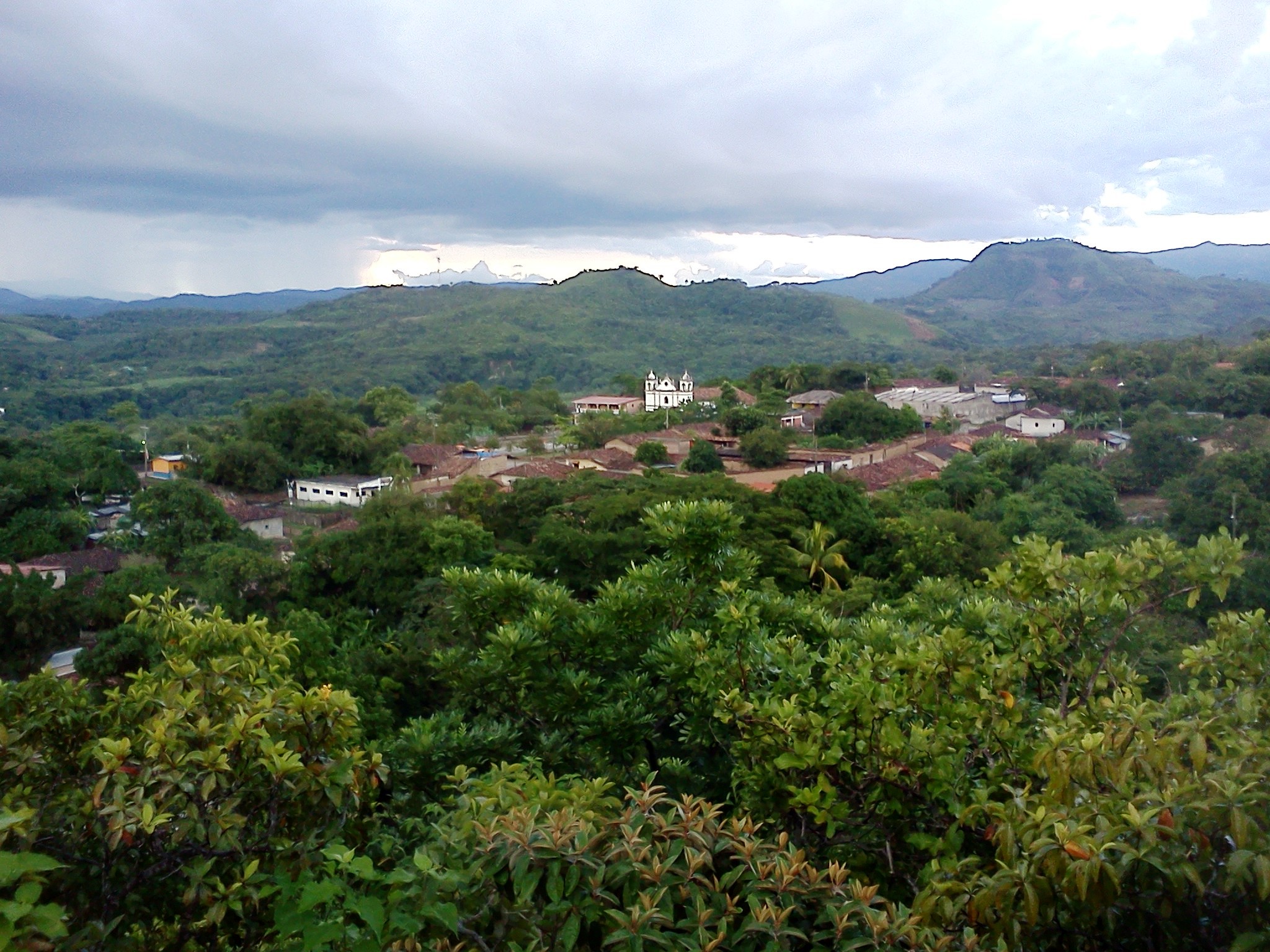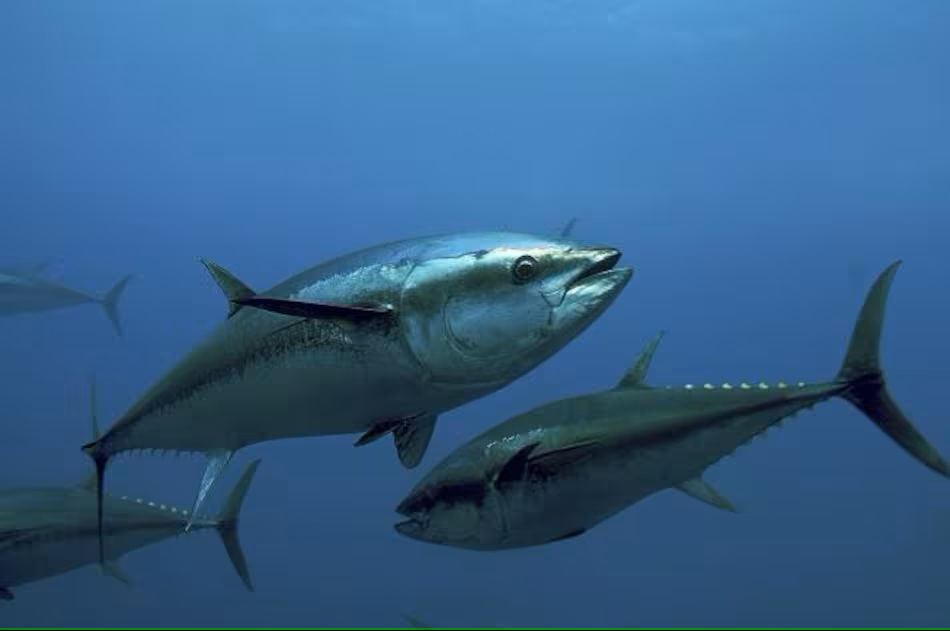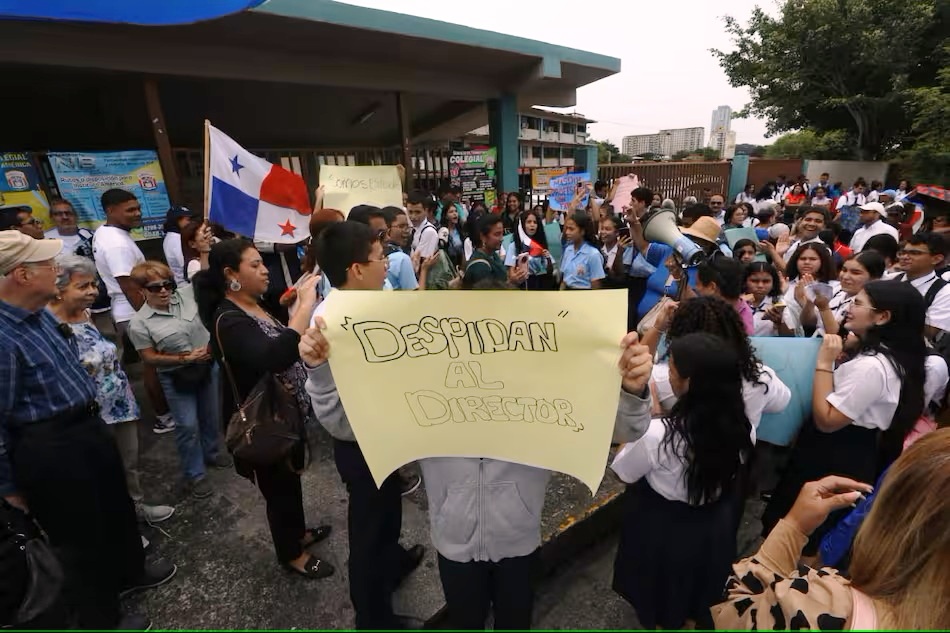Panama and Costa Rica are Ready for the Reverse Migratory Flow from the North
Migrants will have a 72-hour pass to board buses at CATEM that will take them to shelters in Panama.

Panama and Costa Rica declared they were ready as of Monday to collaborate in addressing the reverse flow of migrants who were unable to enter the United States. This was due to the policies of the new Donald Trump administration, and called on South American countries to facilitate their safe passage. “We are working hard and together to face a regional challenge together,” said Costa Rican Security Minister Mario Zamora after a meeting with his Panamanian counterpart Frank Ábrego at the Peñas Blancas post on the border between Costa Rica and Nicaragua. Zamora explained that Ábrego served as an “honorary witness” to the start of an operation on Monday aimed at receiving migrants entering from Nicaragua and then transporting them by bus to the Temporary Migrant Care Center (CATEM), in the town of Corredores, near the border with Panama.
Migrants will have a 72-hour pass to board buses at CATEM that will take them to shelters in Panama. “We call on South American countries to facilitate and open the doors for this safe passage. We all have to assume our responsibilities and Costa Rica and Panama are doing so. This orderly flow removes these people from the control of immigration mafias,” said Zamora. This procedure is similar to the one implemented by Costa Rica and Panama in recent years when the flow of migrants came from South America to the United States. The migrants arrived at CATEM in Costa Rica on buses from Panama, and were then transported to the border with Nicaragua to continue their route. Zamora said that Costa Rica and Panama have been an example of “high levels of humanity” in the treatment of migratory flows and that both countries have formed the “most orderly and safe passage” of the continent’s migration route.
“We are not countries that generate emigration, but we are recipients, especially of a transit that moves us because it represents a human tragedy,” said the Costa Rican minister. On February 12, both ministers met at the common border of Paso Canoas and agreed to transfer migrants from the reverse flow to shelters at the borders, to then return them to their countries of origin. Panamanian President José Raúl Mulino said last Thursday that more than 2,000 people had entered Panama via the Costa Rican border in February, in a growing reverse migration flow, while the number of those who insist on going north continued to fall.
In recent years, the largest migratory flow in Panama has been from south to north through the dangerous Darien jungle (border of Panama and Colombia), reaching a record figure of more than 520,000 migrants in 2023, while by 2024 the figure will fall to 300,000. The flow of irregular migrants entering through Darién marked a “historic” drop of 94% last January, compared to the same period in 2024, with the entry of 2,158 migrants compared to the 34,839 who did so in the same period of the previous year, according to official data released by the National Migration Service of Panama.





